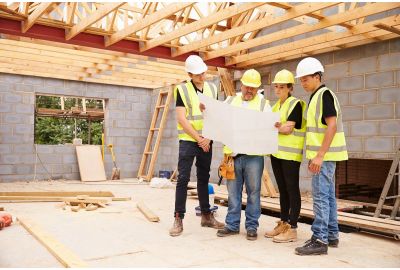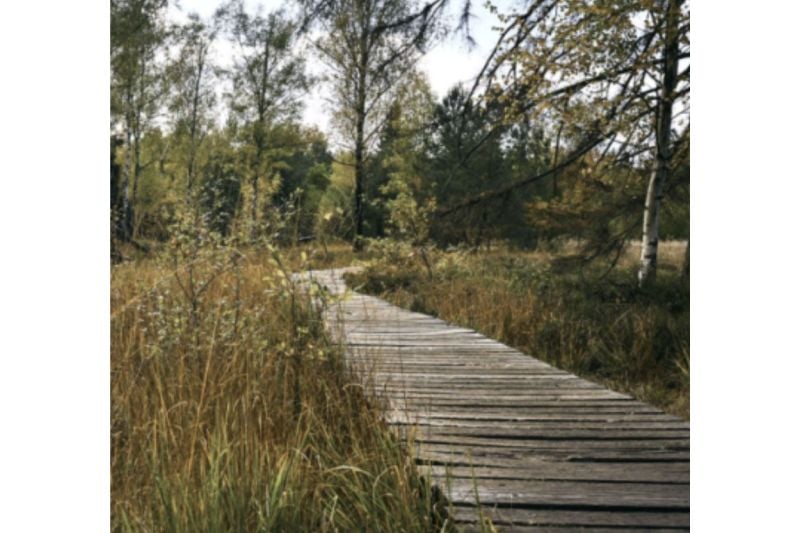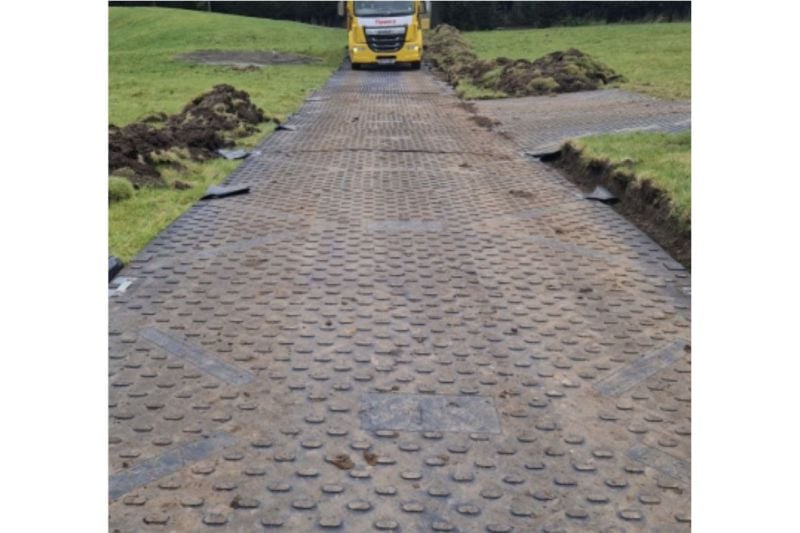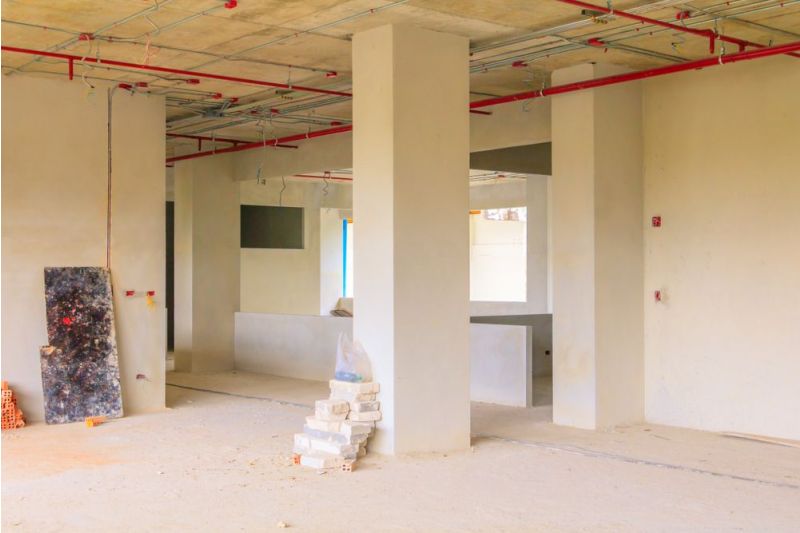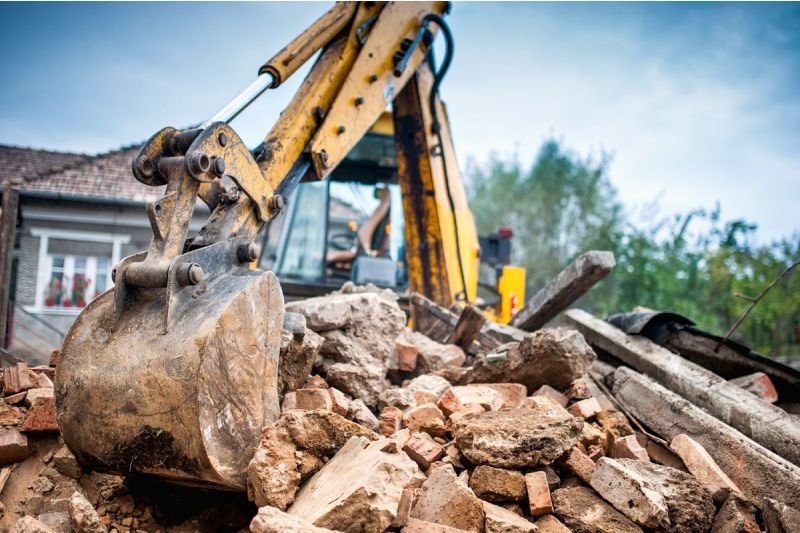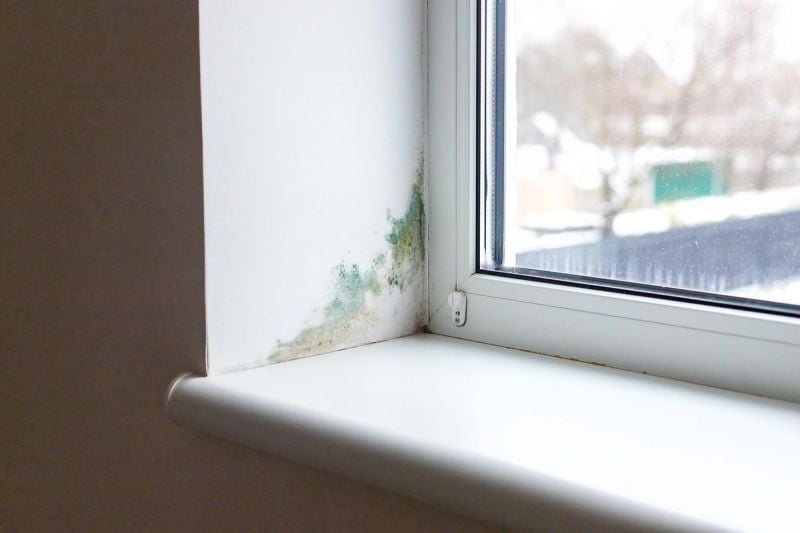Laws are in place to ensure adequate welfare facilities are provided at workplaces, including on construction sites. Before a project begins, welfare facilities on a construction site must be considered during the planning stage.
In fact, these welfare facilities should be provided to everyone working on a site before any construction work has taken place, and they should be there for the entire duration of the project. In this guide, we look at the requirements for construction site welfare facilities, including what amenities are needed for washing and rooms where staff can relax.
What are welfare facilities?
Before going into detail about the different facilities needed on a construction site, we need to define what welfare facilities are.
The HSE guide on welfare at work says: “Welfare facilities are those that are necessary for the well-being of your employees, such as washing, toilet, rest and changing facilities, and somewhere clean to eat and drink during breaks.”
ALSO READ: What is the easiest way to prevent damages on site?
Who is responsible for organising welfare facilities?
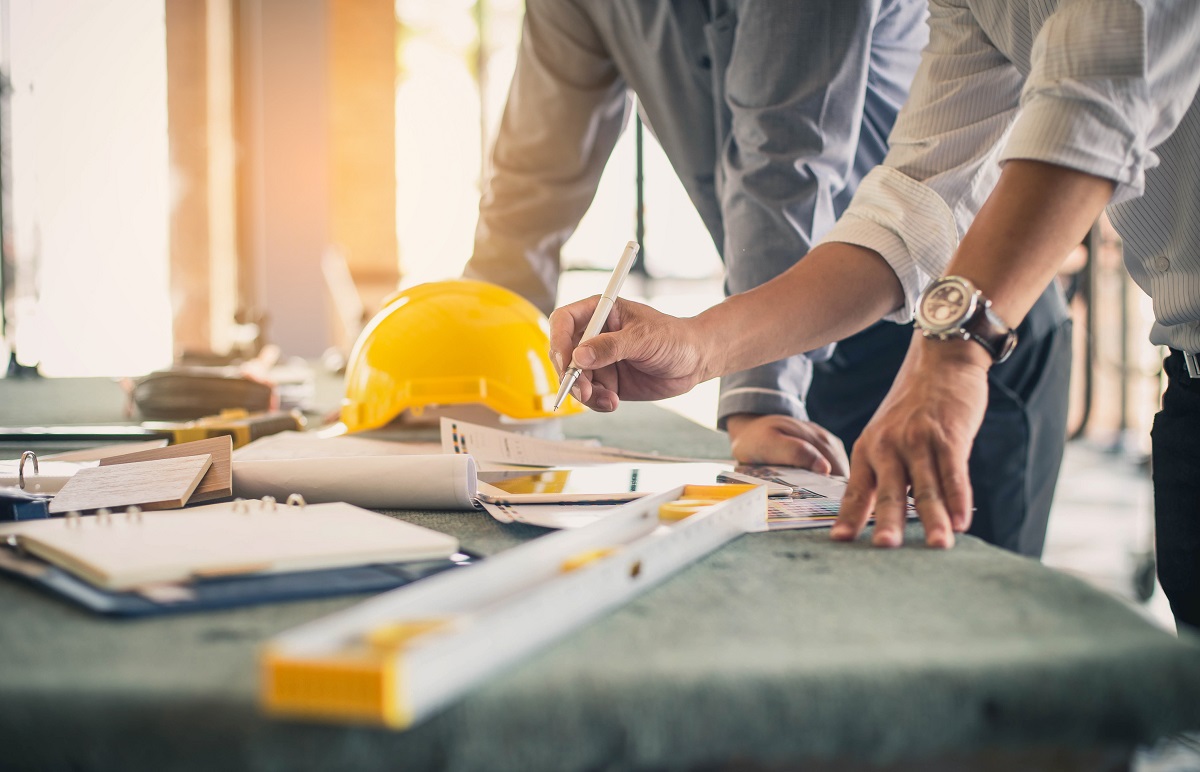
Contractors are required to provide welfare facilities, and clients must ensure this happens. The welfare facilities must be in place from the start of the project until it finishes. So, if you are a contractor, you are in charge of providing welfare facilities for workers under your control while they are on site.
What welfare facilities should be provided?
- Toilets and sanitary conveniences
- Washing facilities
- Drinking water
- Changing rooms and lockers
- Facilities for rest
Toilets and sanitary conveniences
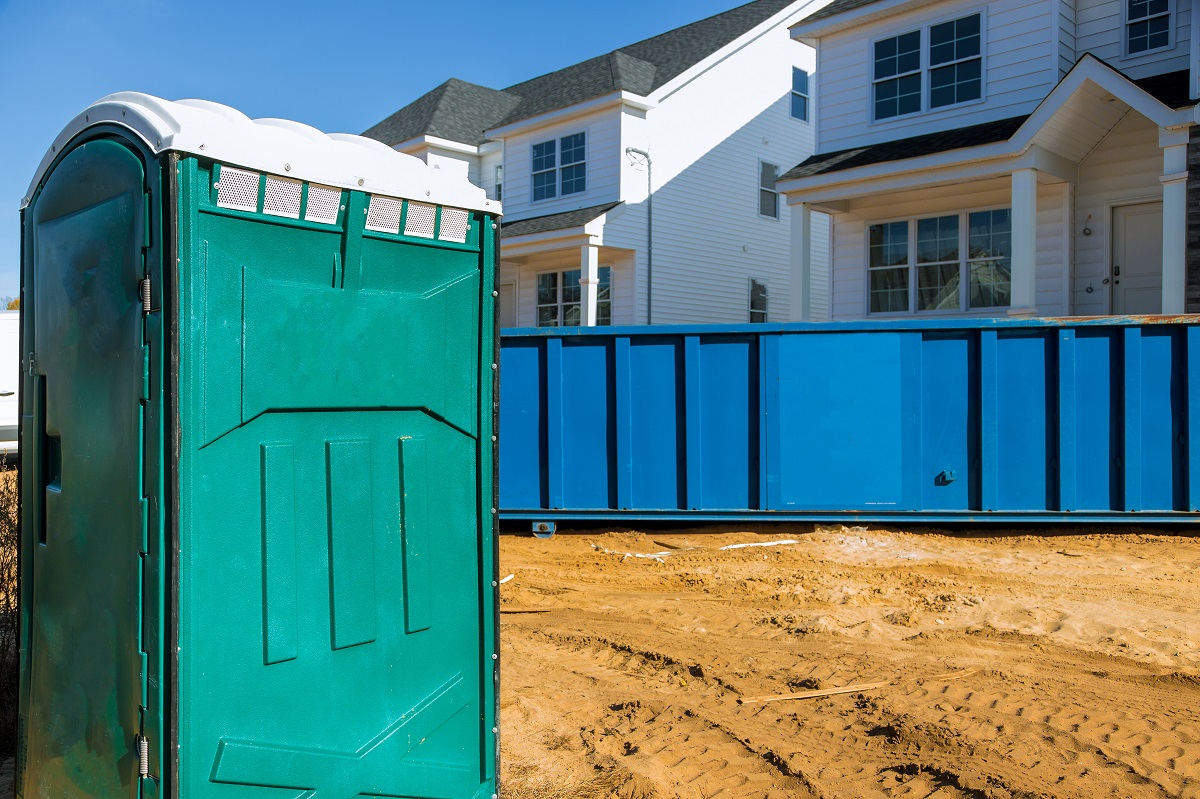
Every construction site should have clean toilets, and these need to be located in areas which are easily accessible. In addition, the toilets need good lighting and ventilation; ideally, there should be separate male and female toilets. At the very least, toilets should have lockable doors.
There are two main types of toilets and one of these should be found on a construction site:
- Flushing toilets – these are connected to mains water and drainage systems and should be provided where possible.
- Chemical toilets – these are portable toilets and are acceptable where you cannot offer a
flushing toilet. They are generally found on temporary or smaller sites or large sites in areas far away from permanent facilities.
Washing facilities
Washing facilities are required on a site, and these should be next to both toilets and changing areas. According to the HSE website, a washing facility should include the following:
- Clean hot and cold or warm running water.
- Soap or other suitable means of cleaning.
- Towels or other suitable means of drying.
- Adequate ventilation and lighting.
- Showers may also be needed depending on the work being done.
Sinks or washbasins should be big enough to allow workers to wash their hands and bodies properly, and the sink size and tap location should allow this. It is also advised that the washing area should be located in a different area than you use for eating and drinking. Male and female facilities should be provided, but if this is not possible, there should be rooms with lockable doors.
ALSO READ: Protecting listed buildings: Rules, repairs, and renovations
Drinking Water

The law requires you to provide drinking water, and you should provide cups or glasses so that it can be drunk easily.
The drinking water on your construction site should be:
- Free from contamination and from a public water supply, although bottled water dispensers are acceptable to use.
- Easily accessible to all employees.
- Adequately supplied. You will need to think about the temperature of the working environment and the type of work that is being carried out.
- Provided along with cups or a drinking fountain.
Changing rooms and lockers
There are many construction sites where workers need to change into specialist clothing to carry out the job they are doing. In this instance, changing rooms are required, and contractors must ensure there are separate male and female changing facilities.
These changing facilities should have seating within them and a secure area for construction workers to store their clothing and personal belongings. Facilities for drying wet clothing are also required.
Changing rooms should:
- Be accessible.
- Have clothing storage and washing facilities.
- Offer seating.
- Provide a means for hanging clothes.
- Offer privacy to employees.
ALSO READ: Weatherproofing your construction site through the seasons
Facilities for rest
There should be a room where workers can eat and drink. These rest facilities should be adequately heated, provide seats and tables, and offer appliances that can be used to heat drinks and warm food, such as a microwave and a kettle.
The facilities where employees are eating need to be clean and located so that food will not get contaminated.
At Proguard, we understand how important offering welfare facilities are and how vital it is to have the correct equipment and tools for your employees. As a leading supplier of protection products for the construction industry, you can purchase products like aluminium tape and heavy-duty polythene sheets on our website.
For more tips, guides, and advice, visit our news page.

